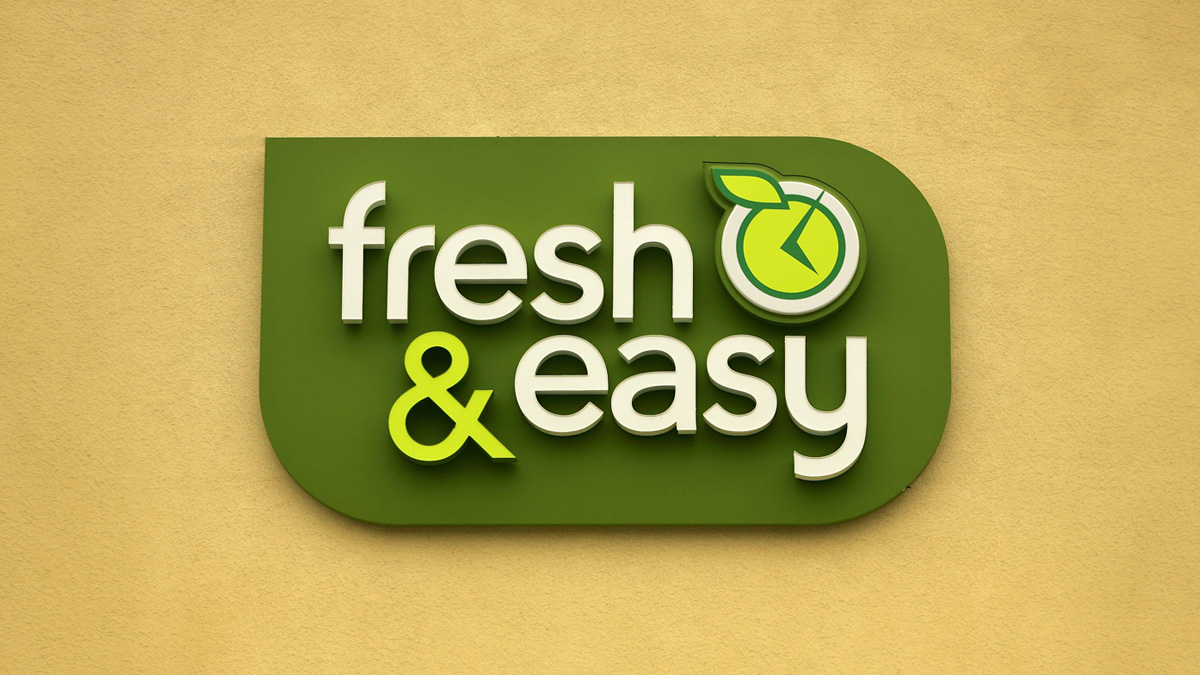How government procurement can act as an SME growth accelerator
The government has promised to increase how much it spends with SMEs but it needs to go harder and faster to achieve its targets

One of the most tangible things any government can do to support its start-up, early-stage and small business community is to buy from it. Public procurement represents a third of all government spending and a 10th of the whole economy. It’s a powerful tool that, if used strategically, could have an important impact on the UK’s innovation pipeline.
Buying from start-ups injects money into the sector, with the government acting like a business growth accelerator. This is because government contracts are solid and reliable – and firms that work on them must rapidly improve efficiency and productivity when selling to larger clients. Another advantage is that the government is one of the best payers around, settling invoices within 30-day payment terms and offering rapid cash flow to suppliers.
It’s a very powerful way to help the digital business community evolve and apply the work from some of the most agile and innovative businesses to solve public sector problems. This benefits not just the SMEs themselves but the wider community, saving taxpayers’ money along the way.
Setting targets for SME government spend
When Matt Hancock was minister for the Cabinet Office in 2015, he set a target for the government to spend £1 in every £3 with SMEs by 2020. At the time, this equated to an extra £3bn a year going to small and medium-sized firms either directly or through the supply chain. That target was not achieved, but some important initial work had been done and a firm commitment to increase public sector spend with SMEs remains a priority.
Some of that groundwork over the past decade includes abolishing pre-qualification questionnaires, which made the application process lengthy and was often untenable for smaller companies.
It’s clear the government is prioritising spending more with SMEs. But let’s go harder and faster
Rules relating to insurance levels were amended, meaning start-ups and smaller firms were no longer required to have high insurance levels in place as a requirement to win work. (It is instead something they must take out if they secure the work, removing an expensive hurdle).
And the use of platforms such as Google Cloud in the digital sector have eased the process for companies to create a single profile (as opposed to repeatedly completing detailed bid submissions) from which buyers can select suitable suppliers.
Fresh SME-focused frameworks are also coming to market, including a recent buying better food and drink agreement awarded to Sodexo. This aims to award £100m of spending with SMEs to supply sustainable food and drink to various parts of the public sector across departments, from the Ministry of Justice procuring for prisons to the Department for Education sourcing supplies for schools.
The SME procurement vision
These efforts have encouraged more SMEs to bid. The latest figures from the Cabinet Office, published in August 2023 and reporting on central government direct and indirect spending with small and medium-sized enterprises for 2021-22, show just over a quarter (26 per cent) going to SMEs. That is equal to around £19bn in 2021, rising to £20bn in 2022.
The UK is about to take the next step towards its SME procurement vision with the introduction of the Procurement Act this autumn. The aim, according to the government, is to “shake up our outdated system and improve the way procurement is done, so that every pound goes further for our public services”.
Enterprise Nation is working to connect small businesses to the government’s tier one suppliers better. There are 39 strategic suppliers that top the league tables when it comes to receipt of government spending (such as Babcock, Deloitte and Vodafone) and these larger suppliers are being asked to onboard more small firms in their supply chains.
This approach means smaller companies get to focus on what they do best in terms of delivering a quality product or service, leaving the established tier one operators to take on the work of producing bids and delivering account management once the contract is won.
To aid this, we are working to help tier one companies identify suitable SME providers, onboard them and deliver supplier-readiness training. The aim is to ensure smaller firms are “fit to supply” when it comes to having appropriate policies and protections, for example having clear net-zero intentions.
A good example of this is when the IT firm, 848 Group, teamed up with Deloitte Digital on a contract to help build a mobile app and customer relationship management platform for the Driver and Vehicle Standards Agency (DVSA). One significant outcome was that the DVSA was able to replace several of its older systems with the new platform. Added to that, some of its main business processes – such as onboarding service providers, and scheduling field service work and service bookings – became more efficient once all the systems had been integrated.
If we get this right, the public sector benefits from purchasing from diverse and innovative businesses such as 848 that produce clever, creative and cost-effective solutions. Plus, SMEs gain an advantage from the professionalism and scale that come from selling to larger clients.
It’s clear the government is prioritising spending more with SMEs. But let’s go harder and faster and make 2024 a pivotal year in finally achieving the sought-after 33 per cent spending target.
Emma Jones is the founder and chief executive of Enterprise Nation, the small business support platform.



